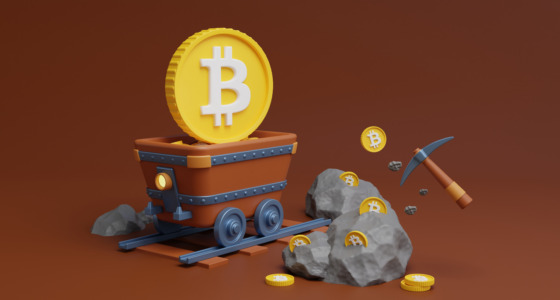

The trend of virtual and augmented reality has paved the way for innovations to take place on a larger scale. What started initially as the creation of a decentralized system has instead become virtual real estate.
The metaverse gained more popularity after social media giant—Facebook changed its name to Meta. Mark Zuckerberg, CEO of Meta, explained how the metaverse aims to make work and life easy, cost-effective, and seamless in experience.
Freelancers can now beat the feeling of having to work in a dull environment. With the metaverse, you can set up a virtual workspace environment that allows you to socialize with other avatars. Other areas of daily life, such as shopping, schooling, and gaming, are all factored into this ground-breaking improvement.
However, this innovation has generated so much talk recently as many skeptics are particular about why this innovation should be embraced with wide arms. On the contrary top brands like Nike and Adidas are moving early into this new ecosystem.
Since every action happens virtually and not in real life, the question is; will the metaverse increase the cost of living? Follow to the end to find out about metaverse meaning.
Exorbitant or cost effective- evaluating various sectors
1. Tour and travel
Following travel restrictions that could happen anytime, virtual tours to notable locations such as the great pyramids of Egypt, ancient Greece, or the Vatican City in Rome have now become widespread. People worldwide can now save more on travel and tour by exploring places(from their comfort) they would have spent heavily to visit.
Developers are working tirelessly to bring more realistic experience to the metaverse by reenacting big special events. So, not only will you be spending less to travel more (virtually), but you will also be able to travel back to any timeline.
2. Work
Businesses and establishments now use the metaverse as a cost-effective collaboration. With the metaverse, employees do not need to book expensive flight tickets or travel a long distance to attend a conference meeting.
Although conferencing applications like Zoom and Microsoft Teams give a kind of virtual collaboration, however, these still lack the touch of reality that the metaverse presents. Not only will employees be able to interact in the virtual space, but each avatar will be able to exchange data without expensing subscriptions.
3. Shopping
Shopping in the real world with online merchant websites like eBay, Amazon, Flipkart, e.t.c. You can have a product or service delivered to your doorstep by ordering online in your bedroom. It has made life convenient to a reasonable degree.
Although this shopping approach is straightforward, real-life challenges are imminent. Problems like glitches in the refund process or being unable to have a perfect preview of how the product fits in real life —especially when shopping for clothes.
The metaverse allows you to feel a product’s appearance in real life. For example, different avatar styles and skin tones can be used to sample a fashion product.
4. Investments
Most real-life investments are subject to economic factors such as global financial news. In addition, liquidity can be a significant problem for major stocks or securities. In the virtual space, investment takes place on a decentralized system.
Pieces of art—NFTs and metaverse real estate are taking mainstream as top investments in the virtual space. Decentraland, Sandbox, and Crptovoxels allow people to purchase real estate in the virtual area as a non-fungible token (NFT) type.
As the population of the virtual world increases, investors have taken an early dive into purchasing NTFs like virtual real estate; this can be a profitable way of investing in assets free from real-life happenings.
Not only does this reduce the cost of living, but it also provides equal investment rights and privileges.
5. Finance
As explained in investments, financial activities on the metaverse are devoid of centralized activities. In place of a typical bank, Decentralized Finance (DeFi) provides all the financial solutions for investments.
People may be restricted from purchasing expensive securities in real life, but the metaverse allows anyone (regardless of financial status) to buy cryptocurrencies and NFTs through DeFi. In addition to that, assets can be easily traded or exchanged for other purchases on the metaverse.
Final thoughts
There are several ways that the metaverse not only promises to reduce the cost of living but does so actually. This virtual space allows people to live more conveniently and free from the worries of the real world. Although this immersive reality can quickly become an addictive practice, it presents one of the best solutions to finance and liquidity in investment.








